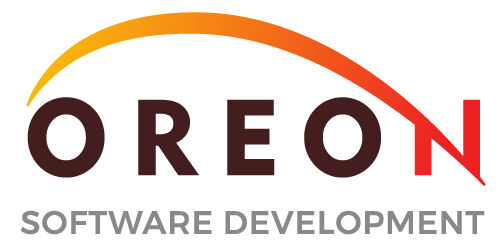Kubernetes has revolutionized how modern applications are deployed and managed at scale, offering unprecedented flexibility and resilience. However, teams often face new challenges as complexity grows: How do we automate complex stateful apps? How do we effectively handle operational tasks like backups, upgrades, or configuration changes?
That’s where the Kubernetes Operator pattern comes into play.
This article explores exactly what Kubernetes operators are, why they’re critical to scaling your Kubernetes infrastructure, and how you can get started using them today.
What Is the Kubernetes Operator Pattern?
The operator pattern is a powerful Kubernetes concept designed to automate operational knowledge. Essentially, operators extend Kubernetes by encapsulating human operational logic into software, enabling the automation of complex application management tasks.
Think of an operator as a specialized “human-like” controller tailored to your application’s domain. It knows precisely how to deploy, scale, recover, and manage an application’s lifecycle—far beyond what standard Kubernetes resources provide out-of-the-box.
Key Components of the Operator Pattern
A typical k8s operator includes:
- Custom Resource Definitions (CRDs): Extend Kubernetes API with new, domain-specific objects.
- Custom Controllers: Continuously watch your CRDs and reconcile the actual state of your resources to the desired state.
- Domain Knowledge Logic: Encapsulate domain-specific operations like database backups, scaling, and more.
Why Do We Need Kubernetes Operators?
Kubernetes operators become crucial when dealing with complex or stateful workloads (like databases, message queues, and caching systems) that aren’t easily managed through standard Kubernetes deployments or even Helm charts alone.
Key Benefits:
- Automation of Complex Operations: Automate day-two operations like backups, restores, and upgrades.
- Improved Reliability: Reduce human errors by codifying operational best practices.
- Scalability and Repeatability: Deploy complex software consistently, no matter the environment.
- Self-Healing Applications: Operators proactively manage the state of your applications, automatically correcting problems.
Kubernetes Operators vs. Kubernetes and Helm
You might wonder—why operators when we already have Kubernetes and Helm?
Helm is excellent for packaging and templating applications for Kubernetes. However, Helm typically handles day-one operations (deployment and upgrades). When it comes to managing complex lifecycle operations or reactive automation, the operator pattern truly shines.
Think of it this way:
- Helm is about installation and updates.
- Operators cover the entire lifecycle, including operations, self-healing, and domain-specific intelligence.
Many companies combine Kubernetes and Helm for packaging alongside operators for long-term management and automation.
OperatorHub: Making Operators Accessible
One of the best ways to discover and deploy trusted operators is through OperatorHub.io. Maintained by the Kubernetes community and Red Hat, OperatorHub provides a central repository of validated, community-created, and vendor-supported operators.
At OperatorHub, you can quickly search and deploy:
- Databases like PostgreSQL or MongoDB operators
- Monitoring operators (e.g., Prometheus Operator)
- Message queues like Kafka operators
- Storage operators and more!
This makes adopting the operator pattern straightforward and trustworthy.
How Can We Use Kubernetes Operators?
To start using an operator, follow these simple steps:
1. Choose Your Operator
Head to OperatorHub.io, browse the categories, and select an operator suited to your use case.
2. Install the Operator Lifecycle Manager (OLM)
If not installed yet, OLM helps manage operators easily:
